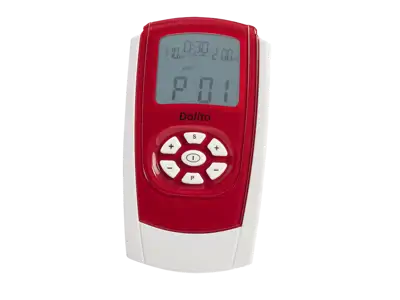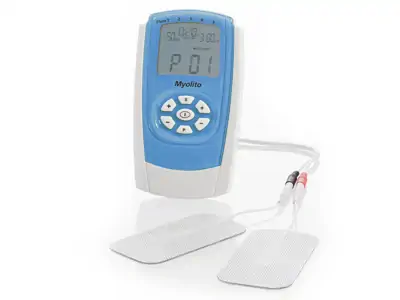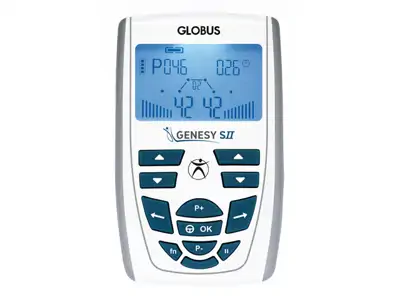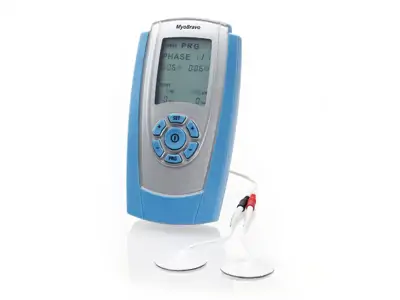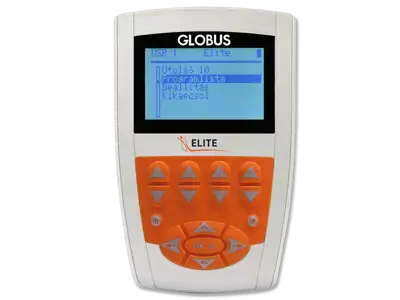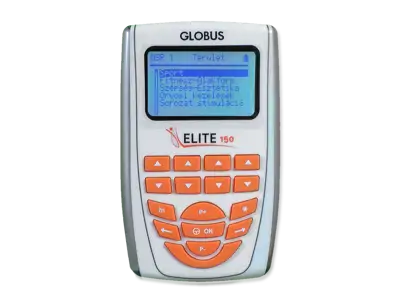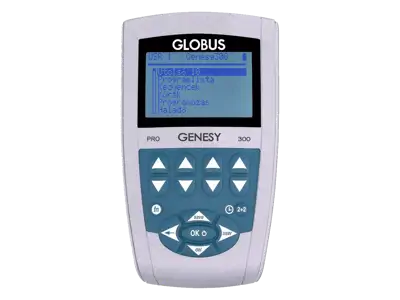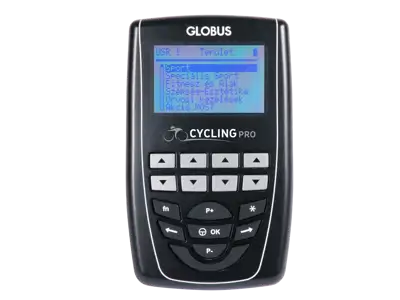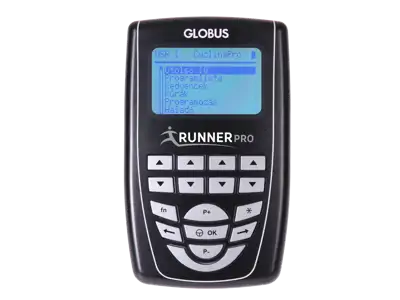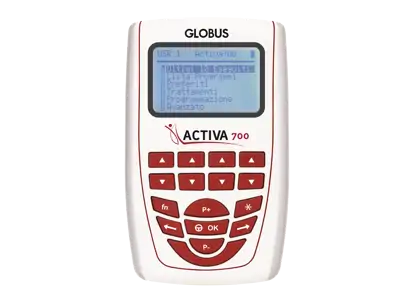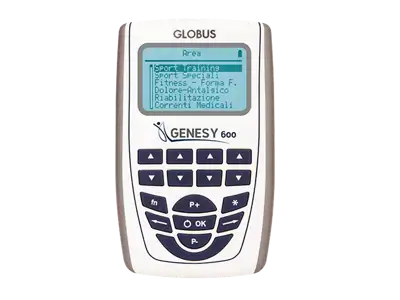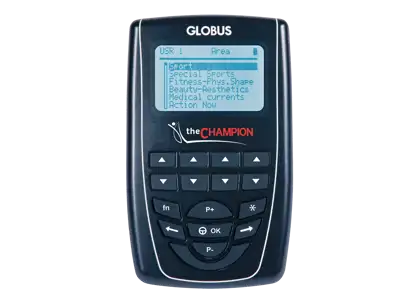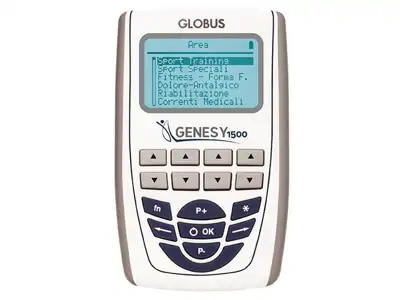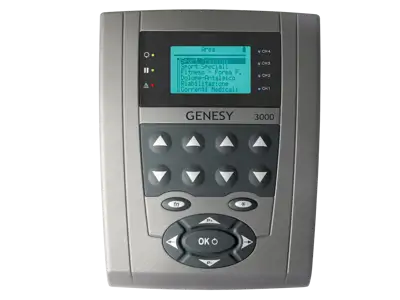TENS units
The TENS unit is a drug-free and side-effect-free device that provides pain-relieving treatment, especially for symptoms of locomotor disorders.
Read more...Before you buy a TENS unit, it is worth being well informed and choosing wisely, because a good unit will provide useful support for up to 8-10 years or even longer. I recommend that you read this leaflet carefully, which contains the most important information you need to know to make the right decision.
What is a TENS unit?
A TENS unit is a medical device designed for home use, developed to reduce and eliminate pain of various origins. It works in a similar way to painkillers, i.e. it eliminates the pain sensation for a period of time, but has the great advantage of having no side effects. You can repeat the treatment as necessary, up to 3 or more times a day.
There are few contraindications to TENS treatment. Find out about the most important ones here.
The TENS machine uses mild electrical impulses to induce pain relief. The impulses act on nerve endings through electrodes attached to the skin and reduce or eliminate pain. Here you can read about the practical application of TENS treatment.
The electrical pulses delivered by the TENS unit produce a "pinching" sensation. The sensation increases as the current increases.
The TENS pulses of different frequencies have different effects
- High frequencies have a direct analgesic effect. They stop the transmission of pain signals along the nerve pathways to the brain. And if the pain signal does not reach the brain, the pain sensation does not develop.
- Low frequencies have an indirect effect, increasing the production of endorphins. These substances are produced by the body itself and have a very powerful natural analgesic effect, which prevents the pain stimulus from being transmitted from nerve cell to nerve cell.
- arthritis
- joint wear and tear (arthritis)
- neck-back and back pain, including herniated discs, lumbar sprains, sciatica
- muscle injuries (strains, bruises, sprains, etc.)
- articular ligaments (tears, hyperextension, etc.)
- tendonitis (Achilles, Tunnel Syndrome)
- spur
- diabetic neuropathic pain
- post-menstrual pain
- fibromyalgia pain
- menstrual pain
- endometriosis pelvic pain
- and many other conditions.
